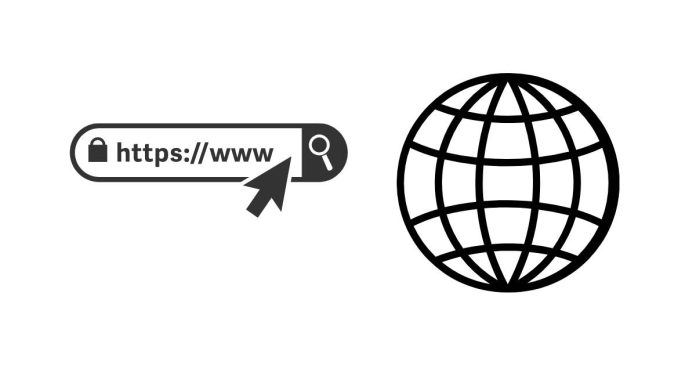Difference Between URL and IP Address:
| Feature | URL (Uniform Resource Locator) | IP Address (Internet Protocol Address) |
| Definition | A web address used to locate a resource on the internet. | A numerical label assigned to each device on a network. |
| Example | https://www.google.com | 142.250.183.206 (IPv4) or 2607:f8b0:4005:808::200e (IPv6) |
| Format | Combination of protocol, domain, path, and parameters. | Purely numeric (IPv4) or alphanumeric (IPv6). |
| User-Friendly | Easy for humans to read and remember. | Difficult to remember due to its numerical nature. |
| Function | Directs users to websites or online resources. | Identifies and locates devices on a network. |
| Translation | Resolved to an IP address by DNS (Domain Name System). | No need for translation; it’s the direct address. |
| Components | Protocol (https://), Domain (google.com), Path (/search) | Four blocks of numbers (IPv4) or hex groups (IPv6). |
| Permanence | Can be dynamic (domain names can change). | Can be static or dynamic depending on network settings. |
| Scope | Refers to specific resources (web pages, files, etc.). | Refers to devices/computers directly. |
| Use Case | Used in browsers to access websites. | Used in network configurations and communication. |
Key Analogy:
- URL = Street Address (easy to remember, tells you where to go)
- IP Address = GPS Coordinates (precise but harder to recall)
For example:
- You type www.facebook.com (URL), but behind the scenes, it resolves to an IP like 157.240.22.35 to load the website.



